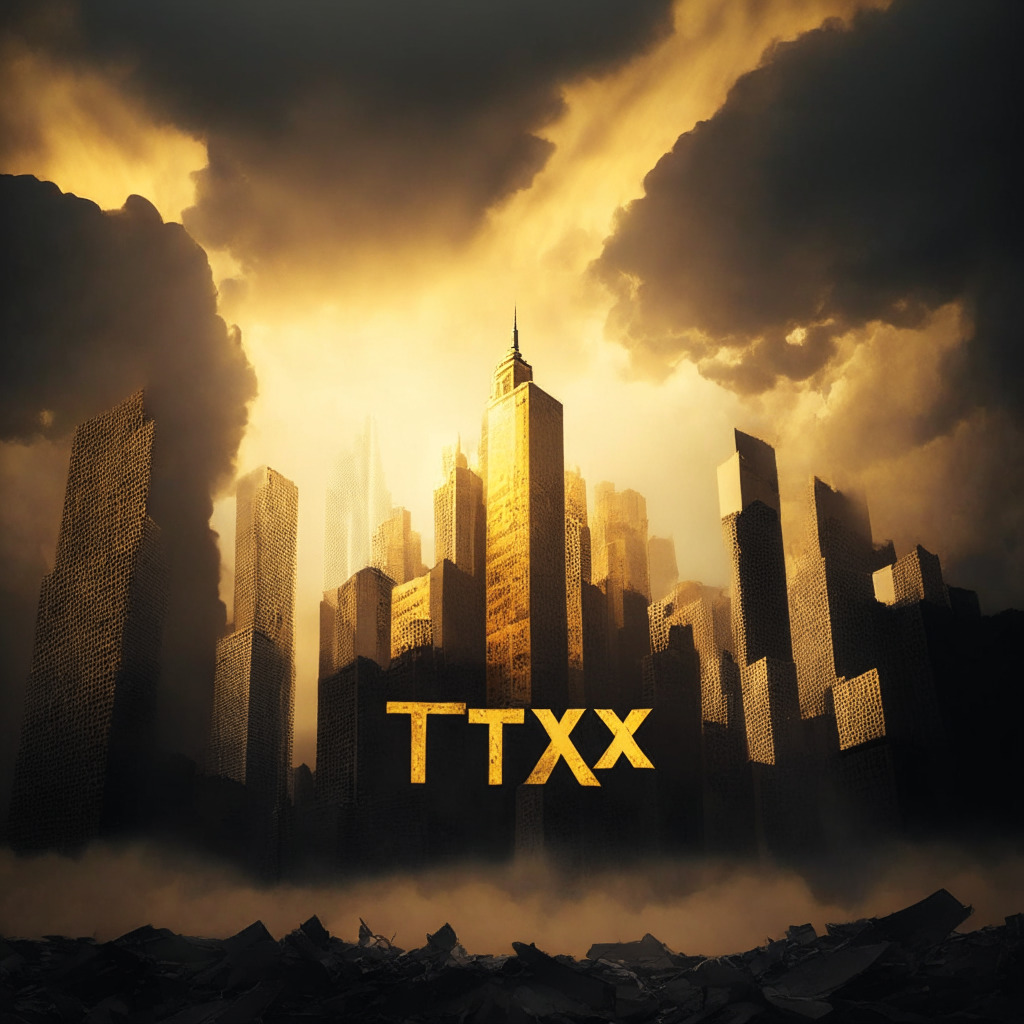FTX Debtors, led by CEO John Ray III, have indicated their plans to revive the troubled crypto exchange FTX as a part of their bankruptcy restructuring. Recently, FTX released a list of interested parties, known as “363 Sales Parties”, under the United States Bankruptcy Code. This marks a significant milestone in the restructuring efforts to relaunch FTX 2.0.
The “363 Sales Parties” list was made public in a recent court filing and includes notable names like Nasdaq, Ripple Labs, Galaxy Digital, BlackRock, Tribe Capital, Robinhood, NYDIG, and OKCoin. However, it’s important to note that this list isn’t an exclusive list of potential buyers or investors but rather parties interested in the crypto exchange. The FTX Debtors are aiming to conduct the sale process in the third or fourth quarter of this year and select a “stalking-horse bidder” among the companies identified.
FTX 2.0 has been garnering significant interest as their CEO works on a bid process letter, onboarding market makers, and relaunching FTX Japan. This comes at a time when various traditional financial firms (TradFi) are also flocking to the cryptocurrency industry. BlackRock filed a spot Bitcoin ETF, JPMorgan launched Euro blockchain payments using JPM Coin, and crypto exchange EDX Markets (backed by Citadel Securities, Fidelity Digital Assets, and Charles Schwab) started offering cryptocurrency trading services.
Amidst these developments, it’s no surprise that TradFi firms have also expressed interest in FTX 2.0. However, certain issues have arisen around the redaction of FTX customer names. Bankruptcy Judge John Dorsey decided that it’s within the rights of the FTX Debtors to maintain their individual customer’s anonymity in order to protect them from identity theft and other scams. This decision has been contested by media outlets like Bloomberg, Dow Jones & Company, The New York Times, and The Financial Times, who have filed an appeal against the court’s ruling.
As the FTX bankruptcy restructuring progresses and the search for a stalking-horse bidder continues, the interest of various high-profile companies in FTX 2.0 demonstrates the potential value of the beleaguered exchange. While some might see the rebirth of FTX as a sign of resilience in the industry, others may argue that the initial failure speaks to the underlying volatility and uncertainty in the cryptocurrency market. This mixture of enthusiasm and caution sets the stage for what could be a highly competitive and closely watched bidding process for FTX 2.0’s assets later this year.
Source: Coingape




